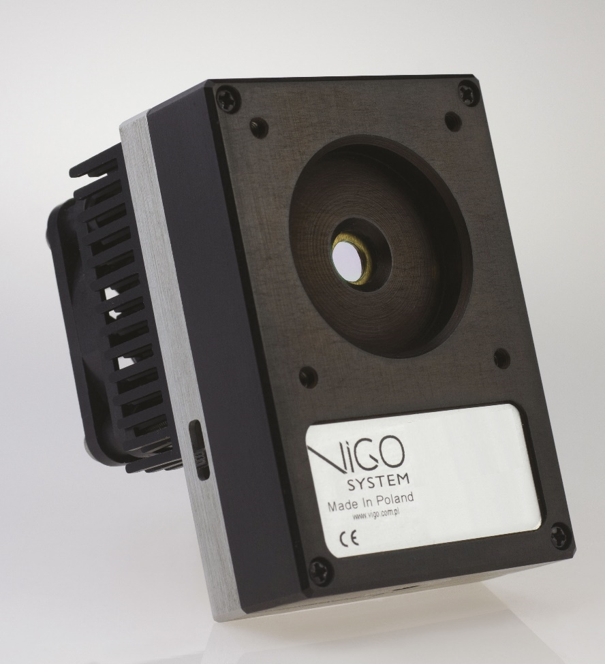PETRA
Petrochemical analyser – PETRA

 Project title
Project title
Petrochemical analyser – PETRA
 Name of Beneficiary/Beneficiaries
Name of Beneficiary/Beneficiaries
Vigo International programmesS.A.
 Name of programme
Name of programme
International programmes
 Competition
Competition
Eurostars-2
 Project value
Project value
PLN 1,707,626.00
 Project partners
Project partners
IRsweep GmbH, Switzerland, Alpes Lasers SA, Switzerland
 Project delivery period
Project delivery period
01 October 2015 – 30 September 2017
View the results of our work
A picture of the detection module developed at VIGO System SA for the Petrochemical Analyser, which was also developed as part of the PETRA project by the foreign partner – the IRSwwep company. This is a new type of a complete 1 GHz detection module with an integrated LWIR detector.
The project delivered a technology of detection modules with integrated detectors in a hermetic housing. These two detection modules are dedicated to the petrochemical analyser which is being developed by the foreign partner IRSweep within their part of the international project PETRA). Moreover, we transferred into production the 1 GHz detection module for corresponding and other applications, and it became part of VIGO’s portfolio, and as a new product it was brought to market. Moreover, VIGO has strengthened its cooperation with foreign partners, leading to another project as part of the EUROSTARS programme – implemented in cooperation with Alpes Lasers SA. The project is called ACCORDS – “Coherent Dispersive Spectrometer”.
Have you managed to develop a market-ready product or technology?
As part of the Petra project, we have developed a dedicated detection module applicable in mid-infrared spectroscopy. Along with a quantum cascade laser and supporting electronics, it is a part of a commercially available device. With its outstanding performance, this detection module is a globally unique product. It provides a broad bandwidth, allowing us to cover a wider spectrum and to perform substance analyses previously unavailable for this type of devices.
What was the pathway to the commercialisation of results?
During the project, we built many prototype modules, which were then optimised based on suggestions from our co-partners. We produced a pilot batch to determine the scatter of parameters based on a larger batch, and to optimise the technology and the components for mass production. Based on the results of pilot batch testing carried out by our partner, we revised the project and came up with the final version of the product, including its specification.
Have you encountered difficulties with the commercialisation, and if so, how did you manage to overcome them?
To obtain high and reproducible parameters for detection modules to be applied in spectroscopy systems, it was necessary to make several revisions to our project. We needed to optimise the bandwidth and lower self-generated noise. Due to the use of expensive and poorly reproducible cascade lasers, each system required fine-tuning, thus clearly limiting our market. Following the optimisation and automation of manufacturing, and with larger batches of detectors being produced, we could reduce the originally high price of the product by about 20%. We minimised reject products and the few complaint returns by implementing multi-stage testing in the manufacturing process.
How was the issue of intellectual property in the project resolved?
Each partner has obtained their own know-how and intellectual property results. With the partners complementing each other in the value chain, this approach minimises the risk of conflict between them. IRsweep will use the results at the system level and will own the prototype. Vigo System and Alpes Lasers will bring in critical components to the prototype (through transfer of ownership to IRsweep for prototype parts) and re-sell them to IRsweep for the purposes of constructing a manufacturing system.
